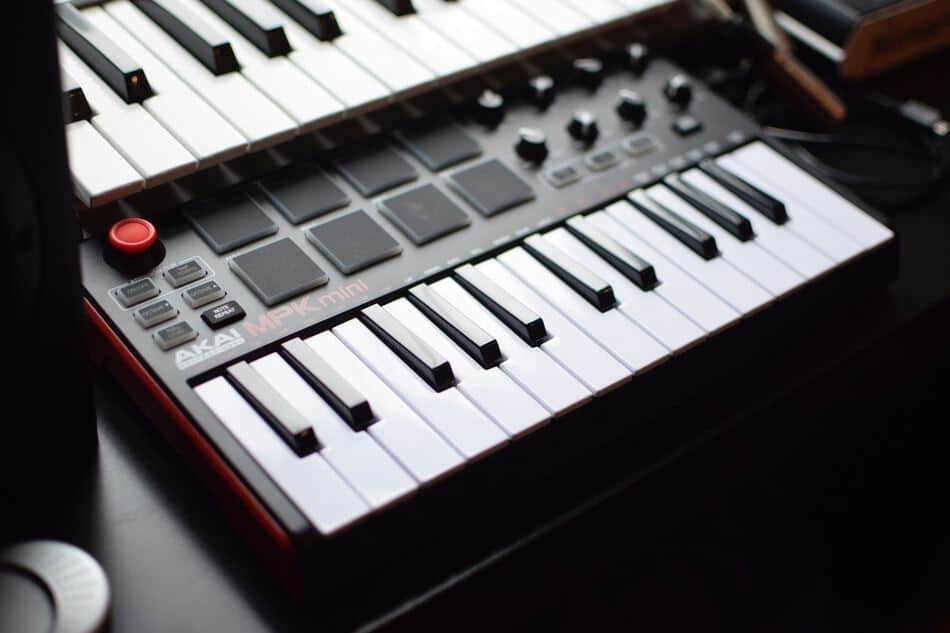
This type of MIDI mentioned above is known as ‘general MIDI’ but it is worth bearing in mind the capability varies depending on the age of the instrument you are using. Which is why MIDI is such a powerful tool in music production. These standardized numbers can be read by any instrument or machine capable of understanding MIDI. With a 0 being no sound and 127 being the loudest. Other values such as velocity are recorded as numbers between 0 and 127. So pretty much any note you could ever wish to play. The MIDI ‘protocol’, as it is known, can support up to 128 notes, ranging from C five octaves below middle C up to G ten octaves higher. after-touch (when key pressure changes).

the moment a note is pressed and released.These messages can communicate useful information such as: A series of binary digits (0s and 1s).Įach instrument (or computer) understands and then responds to these 1s and 0s, which are combined into 8-bit messages supporting data rates of up to 31,250 bits per second. No audio signals (sounds) are sent via MIDI. (Both are still awesome synths by the way, check out the video below for a glimpse at the Prophet). The idea of this musical ‘standard’ was proposed at the Audio Engineering show in November 1981.Įventually, this lead to Robert Moog announcing MIDI in October 1982 and it was demonstrated for the first time in 1983 with signals being transmitted between a Sequential Circuits Prophet 600 and a Roland JP-6. After all, you don’t want to be limited to just one companies products (he says typing this on an Apple laptop).Ī meeting between Roland founder Ikutaro Kakehashi, Oberheim Electronics founder Tom Oberheim and Sequential Circuits president Dave Smith in the early 1980s started the discussion with representatives from Yamaha, Korg and Kawai that a universal language should be created so that various instruments could communicate with one another. This function was quite essential when creating music with more than one instrument. Trying to get two instruments to communicate was a little like getting an English and a Japanese speaker in a room and asking them to converse when neither knows any of the other person’s native language.

As there was no standardized means of synchronizing electronic musical instruments from different companies together. MIDI stands for Musical Instrument Digital Interface.


 0 kommentar(er)
0 kommentar(er)
